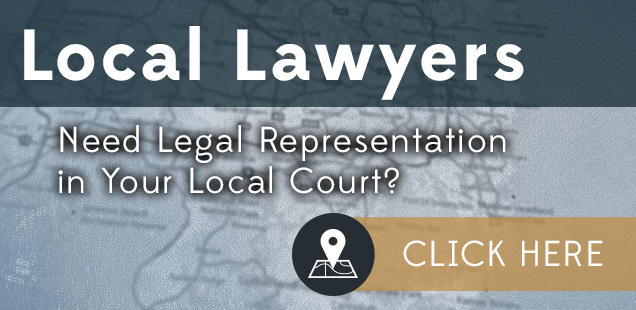Today, there are 132 Magistrates and over 100 courthouses across NSW. With a range of jurisdictions including Local Courts, District courts, Supreme courts and the Court of Criminal Appeal, the NSW court system is complex and far more sophisticated than it once was.
The Early Magistrates
It was 1788 when the first Magistrates in Australia were appointed, shortly after the First Fleet arrived. But although Magistrates were appointed in that year, they didn’t actually start getting paid for the job until more than twenty years later, in 1810!
Before that year, those appointed as magistrates were mostly landowners or other prominent citizens who weren’t legally trained. The office evolved out of the British position of Justice of the Peace – and, by the early 1800s, many magistrates were corrupt.
During early colonial times, several magistrates – and many lawyers – were even from the ranks of emancipated convicts. It was not until 1955 that all newly-appointed magistrates and judges were actually required to have some legal qualifications.
These days, if you go to court, you should always address a Magistrate or Judge as ‘Your Honour.’ But before 2004, Magistrates were addressed as ‘Your Worship’, a term used since early colonial times.
Early Juries
There were no juries of citizens for criminal cases in NSW during early colonial times. ‘Juries’ – if they can be called that – were made up of six selected military officers.
In 1833, juries made up of twelve people were finally established to decide criminal trials. In the early days, juries were not particularly representative of the community – they were required to be white, male and land-owners.
Defendants still had the option of being tried by seven military officers instead.
In 1901, Australia voted to become one nation, and the Australian Constitution came into force. The constitution guaranteed the right to trial by jury for all criminal cases tried on indictment, which means cases in the District and Supreme courts, and under section 132 of the NSW Criminal Procedure Act 1986, a person is to be tried by a jury unless an application is made for a judge alone trial.
Early Courthouses
Windsor Local Court was built in 1821, and while it is not the oldest courthouse to be built, it is the oldest courthouse to remain operational to this day.
Local courts – previously known as Courts of Petty Sessions – were introduced in 1932, and they operated out of all sorts of unusual premises: pubs, a post office, police lockups, private homes and even in the interestingly named ‘Rum Hospital’.
As its name suggests, the Rum Hospital was linked with rum– as the hospital was paid for by the profits made on the monopoly of rum imports.
The Sydney Downing Centre court complex – the busiest courthouse in the state – was converted into a courthouse from Mark Foy’s Department Store in 1985.
Children’s Courts were opened in Sydney, Newcastle, Parramatta, Burwood and Broken Hill in 1905.
The current Supreme Court sits on Phillip Street in the CBD. It is a fairly modern and comfortable building – but the same cannot be said for the Supreme Court building!
The original structure, built in 1827, was a building disaster with the Chief Justice Francis Forbes describing it as following: “no person can attend the court for a single day in the winter season without serious prejudice to their health.”
The NSW Court of Criminal Appeal was established in 1966, and is now celebrating its 50th year.
Several courthouses have been forced to shut their doors permanently in recent times due to budget cuts, such as Balmain, North Sydney and Ryde.












Good afternoon,
I am researching Historic & Heritage Court House Buildings throughout NSW. I am trying to determine various items of information :- Dates of Construction; Name of Architect; Name of Builder; Architectural Style.
I am wondering whether there may be someone in your organisation who may be able to assist, or be able to direct me to where I can acquire these pieces of information.
I can provide a list of the court house buildings about which I require this detail.
It is my intention to publish a book showcasing my recent Court House photography supported by details of over 400 court house buildings across the State.
Thank you for your assistance (in advance).
Lachlan